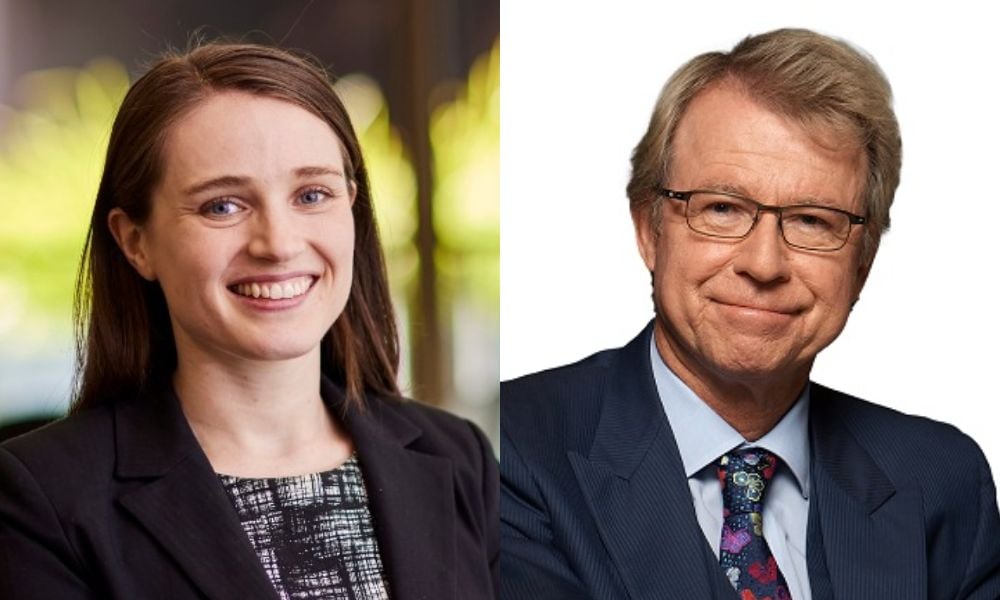Economists say falling rates won't deliver another property price surge

Australia’s housing market is unlikely to see another surge in property prices similar to the post-pandemic rebound, as analysts point to a shift in how interest rates are influencing buyer behaviour.
On Tuesday, the Reserve Bank of Australia (RBA) held the official cash rate steady at 3.85%, opting not to deliver a second consecutive rate cut after reductions in February and May.
REA Group senior economist Anne Flaherty (pictured left) said the central bank's decision may ease recent momentum in property price gains.
“The RBA’s decision to hold may slow the pace of price growth seen in the months following the February and May cuts,” she said. “Nationally, prices are up 3.2% since the start of the year, adding around $26,000 to the median price of a home. For many, affordability constraints continue to weigh heavily, as many households grapple with stretched budgets.”
House values across most capital cities have returned to or surpassed previous peaks, with the exception of Melbourne and Hobart. However, Flaherty warned that stretched household budgets could limit further growth.
Shane Oliver (pictured right), chief economist at AMP, said the conditions supporting the sharp rise in home prices following the pandemic do not exist this time.
“It will be more constrained this time around,” Oliver said. “When we came out of COVID, interest rates went to zero, and you could get fixed rates around 2% and variable rates around 3%. I don’t think we are going to see it this time around.”
Oliver explained that in 2020, house prices briefly dipped before rebounding rapidly due to record-low interest rates. Current market dynamics, however, present a different picture.
“This time around we are seeing the normal relationship outside of recessions with lower rates just meaning higher prices and unfortunately worsen the affordability problem,” he said.
Oliver noted that each 0.25 percentage point rate cut by the RBA adds roughly $9,000 to a typical borrower’s capacity, potentially increasing first-home buyer budgets by around $18,000 following the two previous cuts.
“It’s a rough guide but it depends on whether people borrow the full amount and how many buyers there are to sellers,” he said. “But if every borrower has an extra nine grand following every rate cut, then it could mean house prices go up by the same amount, and is why over time the benefit to home buyers of lower interest rates tends to be lost to higher house prices.”
He added that in the current housing supply environment, further cuts may worsen affordability for new entrants to the market.
“If we had a more normal property market and the supply of new homes was in line with the growth of the population, then lower interest rates at times could help first-home time buyers,” he said. “But in the current environment, when there is an imbalance between demand and supply, it just makes the situation worse.”
Want to be regularly updated with mortgage news and features? Get exclusive interviews, breaking news, and industry events in your inbox – subscribe to our FREE daily newsletter. You can also follow us on Facebook, X (formerly Twitter), and LinkedIn.



